Wildfires are becoming more frequent and intense in many parts of the world, leaving behind damaged ecosystems and displaced species. While these natural disasters are sometimes part of a forest’s regenerative process, their growing severity disrupts wildlife in ways that can’t always recover on their own. Wildlife restoration is an important part after a wildfire to help areas affected rebound—read on to learn more.
Protecting Biodiversity After Wildfires
Wildfires can decimate the habitats of countless animal and plant species, leaving many struggling for survival. Without suitable restoration efforts, endangered species face an increased risk of extinction due to the loss of their homes and food sources. Ecosystems rely on biodiversity to function effectively, as each species, no matter how small, contributes to the balance.
Wildlife restoration rebuilds habitats by reintroducing native plants and trees, creating food chains, and offering safe spaces for regeneration. For example, efforts to restore California’s chaparral ecosystems after fires include planting native shrubs that encourage the return of pollinators like bees and butterflies. By reestablishing healthy habitats, restoration ensures that biodiversity thrives even after devastation.
Aiding the Natural Regeneration Processes
Nature has its way of bouncing back through natural regeneration, but it often struggles to keep up after intense wildfires. Many animal species, especially small mammals and birds, rely on vegetation that may take years to grow back. Active restoration will jumpstart these processes by reintroducing native flora, stabilizing the soil, and creating conditions that allow wildlife to return faster.
Preventing Soil Erosion and Water Contamination
A wildfire strips the land of vegetation but also of the barriers that prevent soil erosion and water contamination. Without plant roots to stabilize the ground, heavy rains post-fire often wash away nutrient-rich topsoil, which is essential for replanting efforts. This runoff also pollutes nearby water sources, disrupting aquatic ecosystems and endangering wildlife dependent on clean water.
Restoration focuses heavily on securing the ground by planting key vegetation that stabilizes the soil. For example, grass species like ryegrass are often sowed as a temporary measure to prevent erosion while longer-term vegetation develops. This approach safeguards soil quality and water systems by creating a healthier environment for all nearby species.
Supporting Community Engagement and Education
Programs that invite local volunteers to plant trees, remove invasive species, or monitor wildlife populations build awareness and their ecosystems. It transforms community members into long-term advocates for conservation, ensuring these efforts persist well into the future. Some studies suggest that community-led reforestation efforts often lead to stronger and more sustainable results over time.
Wildfire recovery is about actively addressing the challenges left behind and setting ecosystems on a path to recovery. By protecting biodiversity, supporting natural regeneration, preventing soil degradation, and involving local communities, restoration efforts ensure wildlife and their habitats thrive once again after a wildfire.

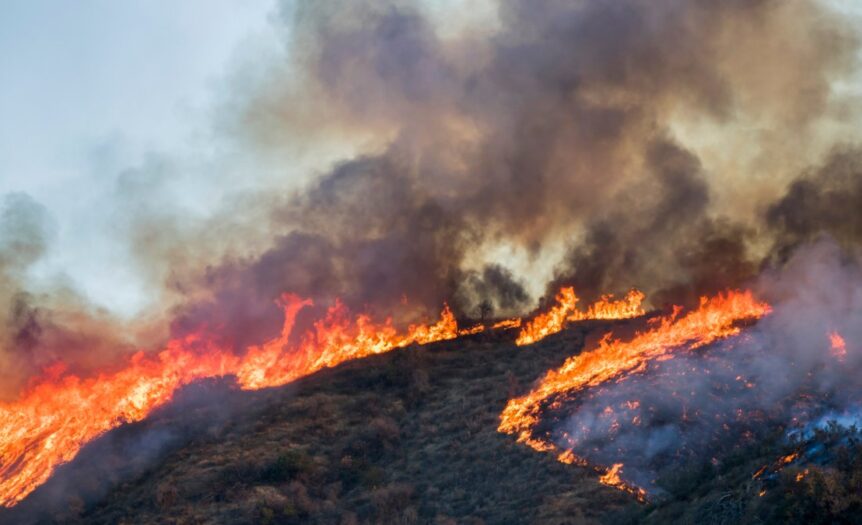
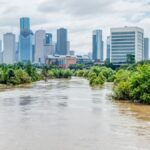







 Deering Estate
Deering Estate
 Massage Envy South Miami
Massage Envy South Miami
 Calla Blow Dry
Calla Blow Dry
 My Derma Clinic
My Derma Clinic
 Sushi Maki
Sushi Maki
 Sports Grill
Sports Grill
 The Healthy Kitchen
The Healthy Kitchen
 Golden Rule Seafood
Golden Rule Seafood
 Malanga Cuban Café
Malanga Cuban Café

 Kathleen Ballard
Kathleen Ballard
 Panter, Panter & Sampedro
Panter, Panter & Sampedro
 Vintage Liquors
Vintage Liquors
 The Dog from Ipanema
The Dog from Ipanema
 Rubinstein Family Chiropractic
Rubinstein Family Chiropractic
 Your Pet’s Best
Your Pet’s Best
 Indigo Republic
Indigo Republic




 ATR Luxury Homes
ATR Luxury Homes


 2112 Design Studio
2112 Design Studio
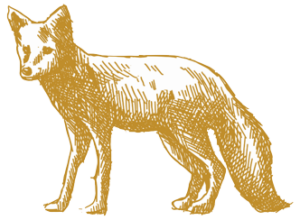 Hamilton Fox & Company
Hamilton Fox & Company
 Creative Design Services
Creative Design Services
 Best Pest Professionals
Best Pest Professionals
 HD Tree Services
HD Tree Services
 Trinity Air Conditioning Company
Trinity Air Conditioning Company
 Cisca Construction & Development
Cisca Construction & Development
 Mosquito Joe
Mosquito Joe
 Cutler Bay Solar Solutions
Cutler Bay Solar Solutions


 Miami Royal Ballet & Dance
Miami Royal Ballet & Dance
 Christopher Columbus
Christopher Columbus
 Pineview Preschools
Pineview Preschools
 Westminster
Westminster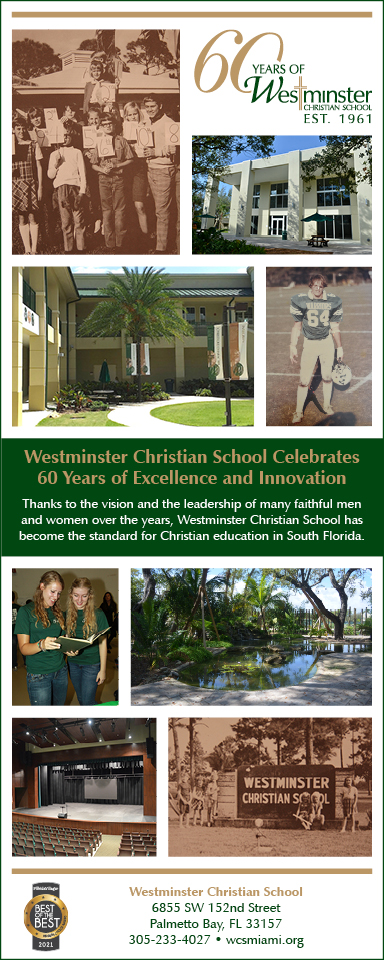
 Carrollton
Carrollton
 Lil’ Jungle
Lil’ Jungle
 Frost Science Museum
Frost Science Museum
 Palmer Trinity School
Palmer Trinity School
 South Florida Music
South Florida Music
 Pinecrest Orthodontics
Pinecrest Orthodontics
 Dr. Bob Pediatric Dentist
Dr. Bob Pediatric Dentist
 d.pediatrics
d.pediatrics
 South Miami Women’s Health
South Miami Women’s Health

 The Spot Barbershop
The Spot Barbershop
 My Derma Clinic
My Derma Clinic




 Miami Dance Project
Miami Dance Project

 Rubinstein Family Chiropractic
Rubinstein Family Chiropractic
 Indigo Republic
Indigo Republic

 Safes Universe
Safes Universe
 Vintage Liquors
Vintage Liquors
 Evenings Delight
Evenings Delight





 Atchana’s Homegrown Thai
Atchana’s Homegrown Thai
 Baptist Health South Florida
Baptist Health South Florida

 Laser Eye Center of Miami
Laser Eye Center of Miami
 Visiting Angels
Visiting Angels
 OpusCare of South Florida
OpusCare of South Florida

 Your Pet’s Best
Your Pet’s Best





 HD Tree Services
HD Tree Services
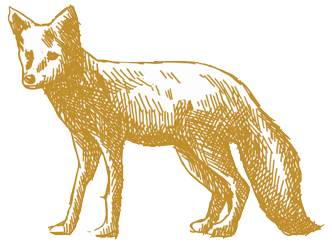 Hamilton Fox & Company
Hamilton Fox & Company


 Creative Design Services
Creative Design Services